Tag: bugle
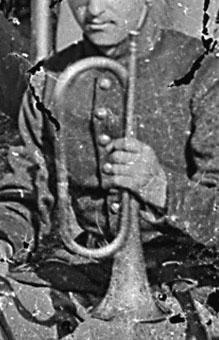 Wikipedia says: The bugle is one of the simplest brass instruments, normally having no valves or other pitch-altering devices. All pitch control is done by varying the player’s embouchure. Consequently, the bugle is limited to notes within the harmonic series. See bugle call for scores to standard bugle calls, all consisting of only five notes. These notes are known as the bugle scale.
Wikipedia says: The bugle is one of the simplest brass instruments, normally having no valves or other pitch-altering devices. All pitch control is done by varying the player’s embouchure. Consequently, the bugle is limited to notes within the harmonic series. See bugle call for scores to standard bugle calls, all consisting of only five notes. These notes are known as the bugle scale.
The bugle developed from early musical or communication instruments made of animal horns, with the word “bugle” itself coming from “buculus”, Latin for bullock (castrated bull). The earliest bugles were shaped in a coil – typically a double coil, but also a single or triple coil – similar to the modern horn, and were used to communicate during hunts and as announcing instruments for coaches (somewhat akin to today’s automobile horn). Predecessors and relatives of the bugle included the post horn, the Pless horn (sometimes called the “Prince Pless horn”), the bugle horn, and the shofar, among others. The ancient Roman army used the buccina.
The first verifiable formal use of a brass bugle as a military signal device was the Halbmondbläser, or half-moon bugle, used in Hanover in 1758. It was U-shaped (hence its name) and comfortably carried by a shoulder strap attached at the mouthpiece and bell. It first spread to England in 1764 where it was gradually accepted widely in foot regiments. 18th-century cavalry did not normally use a standard bugle, but rather an early trumpet that might be mistaken for a bugle today, as it lacked keys or valves, but had a more gradual taper and a smaller bell, producing a sound more easily audible at close range but with less carrying power over distance.
Showing all 16 results
-
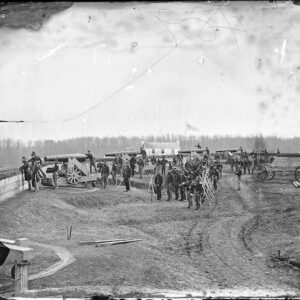
Image ID: AFBX
$4.99 – $6.99 -
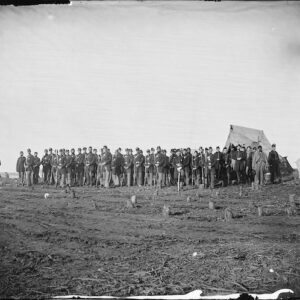
Image ID: AIIL
$4.99 – $6.99 -
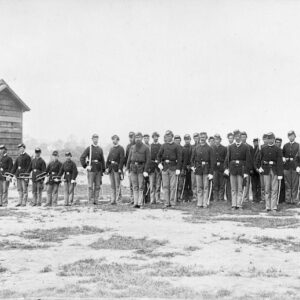
Image ID: AJIC
$6.99 -
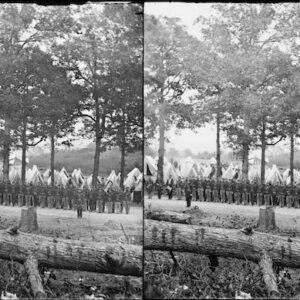
Image ID: AKSH
$6.99 -
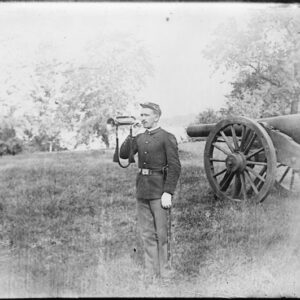
Image ID: ALVK
$5.99 -
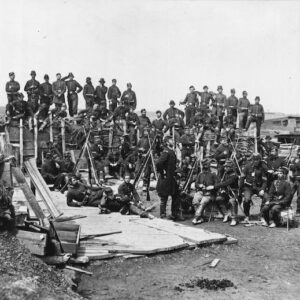
Image ID: AMCK
$1.99 -
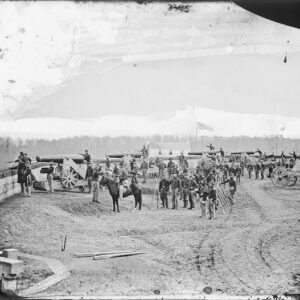
Image ID: AMHR
$4.99 – $6.99 -
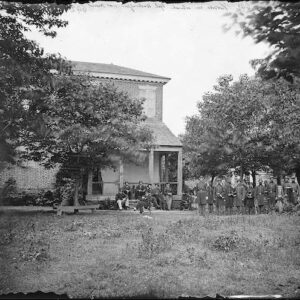
Image ID: AMUW
$4.99 – $6.99 -
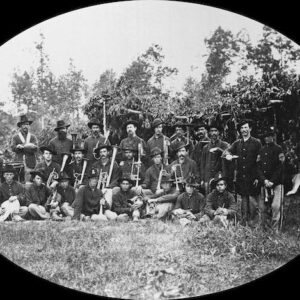
Image ID: AMWX
$1.99 -
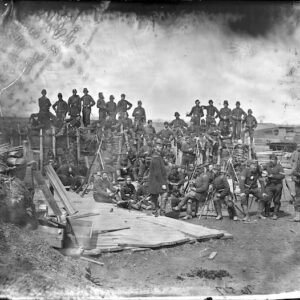
Image ID: APWN
$6.99 -
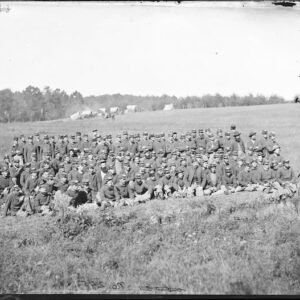
Image ID: AQNF
$6.99 -
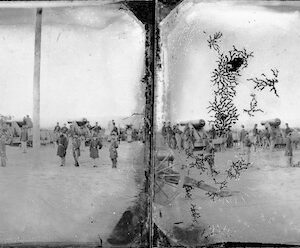
Image ID: ARIU
$5.99 -
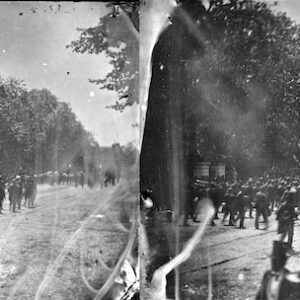
Image ID: ARLF
$5.99 -
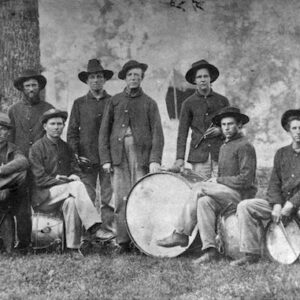
Image ID: ASZK
$0.99 -
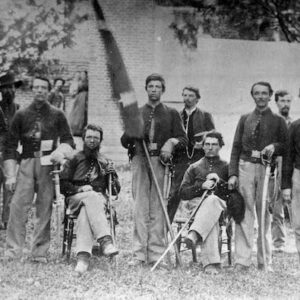
Image ID: ASZM
$0.99 -
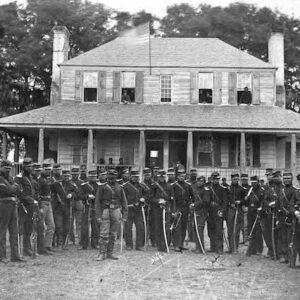
Image ID: AYBL
$0.99